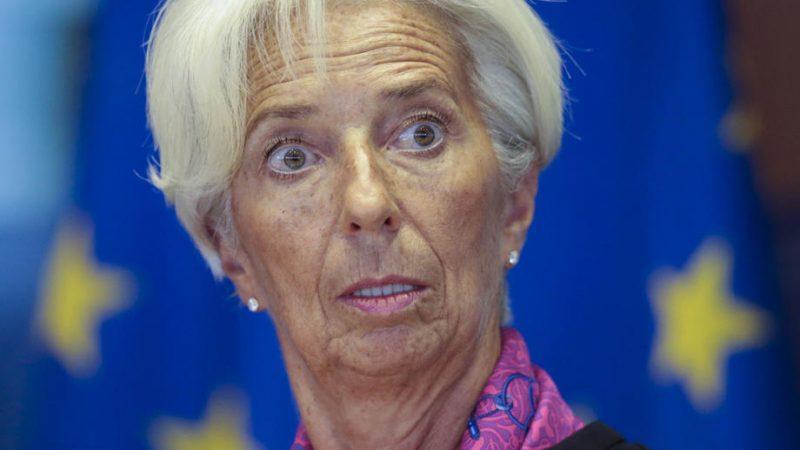ECB: Time For “SME Bailout”
Authored by Christopher Dembik, head of Macro Analysis at Saxo Bank,
Contrary to market expectations, the ECB refrained from cutting further its deposit rate and introduced a package aimed at keeping liquidity and credit flowing with a special focus on the private sector. Most of the measures were smart and flexible, but market reaction was initially very negative, notably due to the poor performance of ECB’s Lagarde during the press conference.
What are the main measures?
-
More favorable terms for the already planned TLTRO III with a rate up to 25bps below the -0,5% deposit rate (in other words, up to -0.75%). The favorable conditions will be applied during the period from June 2020 to June 2021. Lending benchmarks will also be increased from 30% to 50% of the eligible loan stock.
-
Temporary QE envelope of €120bn until the end of 2020, with a special focus on private sector bonds, such as corporate bonds. It represents a boost of €20bn for six months on the top of the pre-existing monthly purchase of €20bn.
-
Collateral easing measures are also coming in order to make sure that counterparties will make full use of the announced stimulus measures.
-
Postponement of the ECB strategic review by 6 months in order to focus solely on the COVID-19 crisis.
-
In an coordinated effort with the ECB, the EBA released immediately after the ECB statement that the next round of banking stress test will be postponed to 2021 and that banks will be able to run lower capital ratios during the coronavirus crisis.
What is the market reaction?
The initial market reaction was very negative. Ahead of the meeting, the market priced a 12bp cut and was certainly disappointed the ECB did not cut rate. The poor performance of ECB’s Lagarde increased market turmoil. The following sentence backfired: “We are not here to close spreads, there are other tools and other actors to deal with these issues”.
In her press conference, Lagarde seemed to try to distance herself from Draghi’s “Whatever it takes”, which has certainly accentuated market tensions.
Most European indexes lost between 8% to 10%. The EuroStoxx Banks was down 12%, which is surprising considering the announcement of loosen banking regulation. BTP Futures were also down sharply, which is, in our view, a clear sign of illiquidity in the market.
What are the remaining questions?
It is obvious that monetary policy is not the ideal tool to fight coronavirus outbreak.
Rightly, ECB’s Lagarde mentioned the need for EU member states to implement a decisive fiscal stimulus to help SMEs handling the negative economic consequences of COVID-19 and quarantines.
The ECB has done the job by making sure to provide enough liquidity to the markets in order to avoid a tightening in financial conditions.
Monetary policy can certainly offer a very temporary relief, but it won’t be enough to fight the recession into which the euro area seems to have fallen this month.
What we have recently learnt from Asia is the quickness in policy response is essential in order to avoid the contagion and contain as fast as possible market panic.
So far, the Eurozone fiscal response has clearly been insufficient, which means that the crisis may last longer in the euro area than in other parts of the world and recovery will probably be very gradual.
Tyler Durden
Fri, 03/13/2020 – 05:00
via ZeroHedge News https://ift.tt/2IHuVhl Tyler Durden
